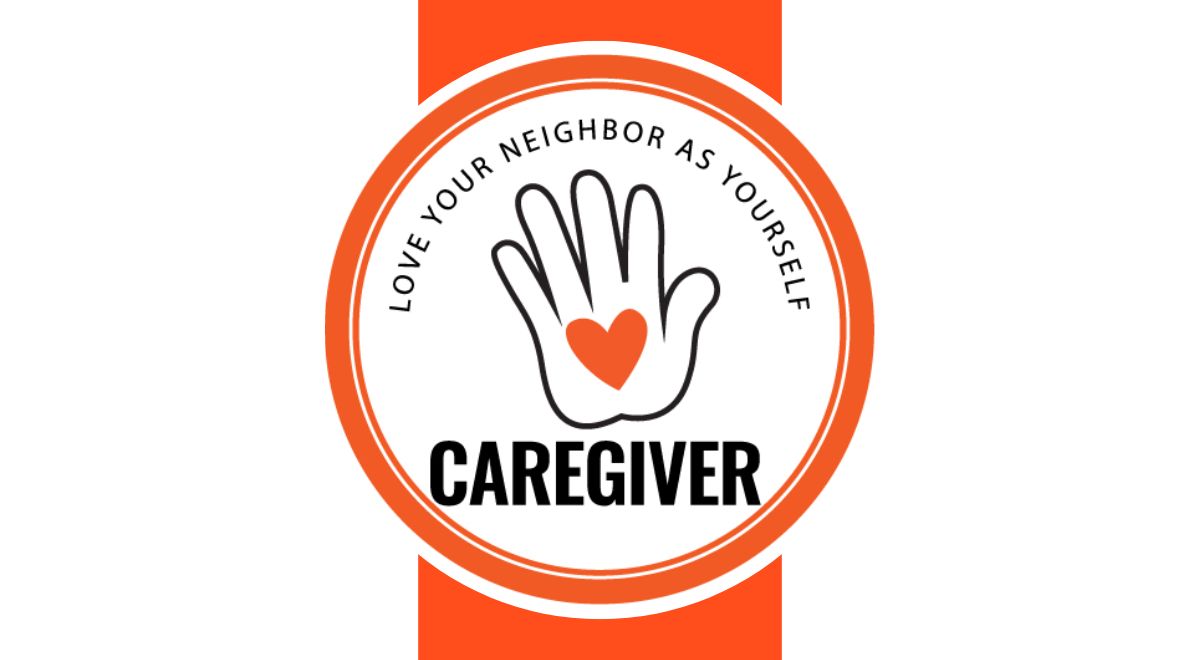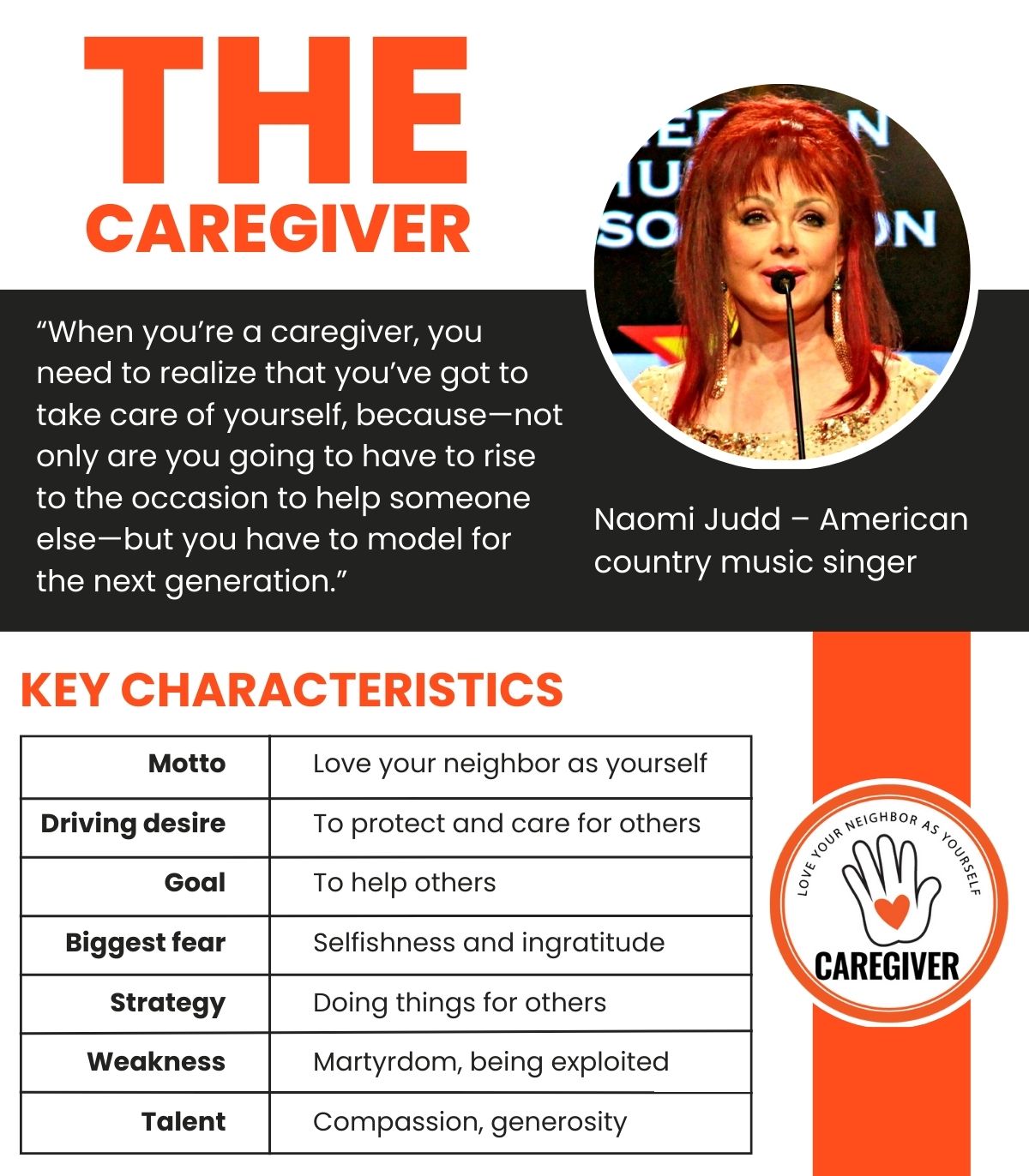Table of Contents
“When you’re a caregiver, you need to realize that you’ve got to take care of yourself, because—not only are you going to have to rise to the occasion to help someone else—but you have to model for the next generation.” – Naomi Judd – American country music singer [1]
Introduction
The caregiver has one goal: to ensure your continued health and wellbeing. The caregiver archetype has a deep-rooted, foundational desire to serve others in whatever capacity they can. They are kind, generous, and altruistic.
Also known as saint, parent, altruist, supporter, helper
Key Characteristics
- Motto:Love your neighbor as yourself
- Driving desire:To protect and care for others
- Goal:To help others
- Greatest fear:Selfishness and ingratitude
- Strategy:Doing things for others
- Weakness:Martyrdom, being exploited
- Talent:Compassion, generosity
Description of the Caregiver
The caregiver, the embodiment of a maternal figure who heals wounds, both mental and physical. Brands that use the caregiver archetype in their marketing provide services essential to keeping their customers healthy and whole. Caregiver brands tend to show how real life can be, both the good and the bad. They shed light on previously unseen problems but also provide ways to fix them. Caregiver brands include humanitarian and non-profit organizations. These businesses often do not make a lot of money, for that is not their goal. All Caregiver brands have a heavy focus on customer service. Their main goal is to ensure they always take care of their customers.
The caregiver archetype has three levels. The first and least mature is expressed through a simple desire to help others. This desire is then acted upon with differing amounts of effectiveness. The second level has the caregiver begin to shift their lives to take better care of themselves. This self-care is done in the pursuit of caring for others more efficiently. The servant role they take on becomes more prominent. In the third level, the caregiver’s sense of altruism transcends their own needs, and they fully commit to helping others for the greater good.
One of the best examples of a Caregiver brand is The Salvation Army. The Salvation Army dedicates itself to helping people around the world without discrimination. Most know them as the people that take donations during the holidays, but their work goes far beyond that. They run homeless shelters, help with disaster relief, stock food pantries, teach skills to help people support themselves, rehabilitate alcohol and drug addicts, and so much more. The Salvation Army personifies the Caregiver archetype, truly putting others before themselves.
- Brand Motivations
- Supportive
- Understanding
- Compassionate
- Empathetic
- Caring
- Selfless
- Helping
- Service
- Recognition
- Stability
- Brand Challenges
- Overwhelmed
- Ineffective
- Insincere
- Phony
- Brand Strategy
- Selfless support of others
- Sacrifice personal needs for the good of other
- Other focused
The Caregiver in the Wild
The following companies, organizations, and industries are good examples of the Caregiver.
- Archetype Examples: Mother Teresa, Johnson’s Baby Shampoo, Volvo, The Salvation Army, UNICEF, Proctor and Gamble, Johnson and Johnson
- Industries: Healthcare, Senior Services, Support Services, Non-profits, Educational Institutions, Hospitals, Financial Planning, Foundations
Conclusion
A Caregiver brand’s ultimate goal is to help as many people as it can. The people Caregiver brands help are often in very vulnerable and delicate places. Thus, Caregivers often have soft touches in their work and marketing. Ultimately, a Caregiver will make their customers feel secure and safe while helping them help themselves.
[1] Koch, Taleena (2018 November 28) “What I Learned as a Caregiver: Care for Thyself” Retrieved from https://packhealth.com/caregiver-care-for-thyself/


